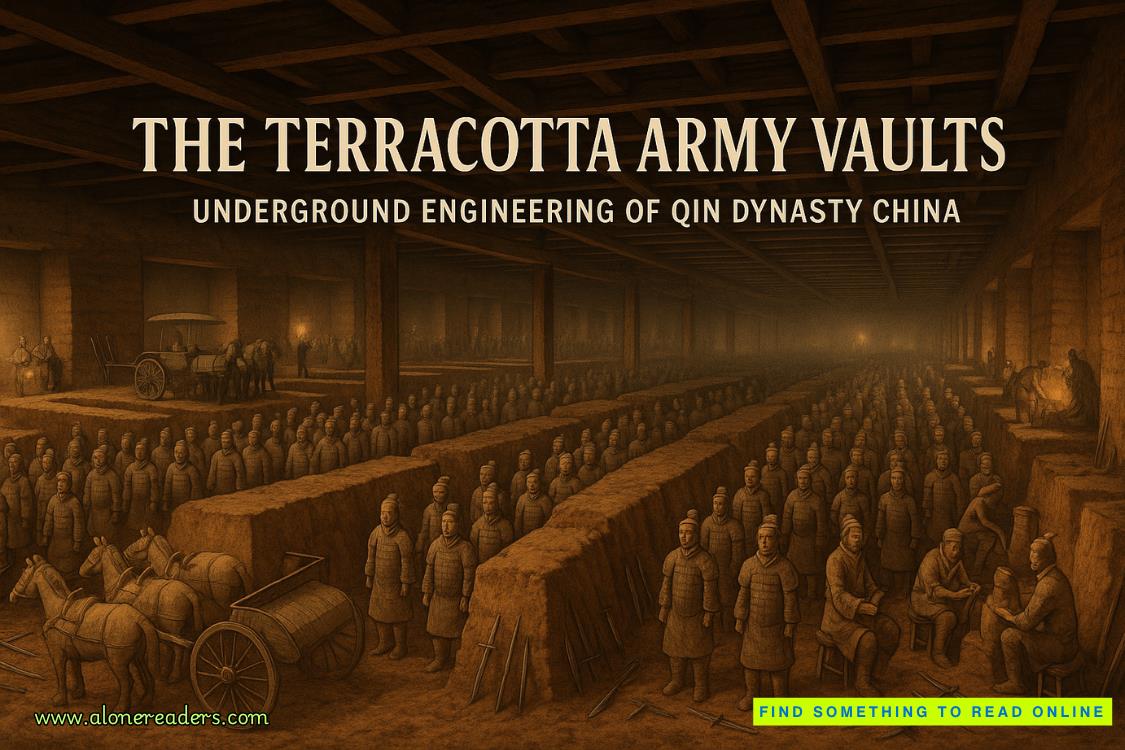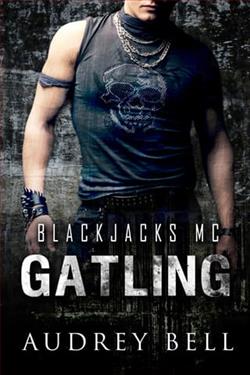Page 73 of Protected By My Best Friend's Brother
“Because some treasures aren’t measured in gold,” I finish, remembering the shy girl I’d been falling for, my best friend’s older brother, hoping he’d understand the message I couldn’t say aloud.
Lucas brushes a strand of hair from my face, his touch lingering. “I took it with me to New York, you know. Read it whenever I felt lost in that world of appearance over substance.”
The confession touches something deep within me. While I’d been organizing spreadsheets and missing him here, he’d carried a piece of me there.
“What about you?” he asks, his arm warm around my shoulders. “Any big dreams beyond revolutionizing corporate sustainability? Travel? Learning to salsa dance? Finally, organizing your sock drawer by color?”
I laugh, leaning into him. “Maybe all of the above. I’ve always wanted to see the Northern lights. And there’s Riomaggiore, this little coastal town in Cinque Terre my grandmother always talked about…”
“Let’s go,” he says simply. “In the coming months. The Northern lights might have to wait for colder nights, but Riomaggiore…” He pulls me close, capturing my lips in a deep,fervent kiss that leaves me breathless. When he finally breaks away, his voice is hushed but certain. “I want to see it with you.”
The future stretches before us with possibilities I couldn’t have imagined months ago. Career dreams, yes—but personal ones too. Places to explore together, mornings to wake up beside him, evenings like this one where we can simply be.
Because some moments do feel like victory—not just in professional achievements but in finding someone who values your ambitions and secrets. Who sees the possibilities in unlikely places, whether an outdated manufacturing system or a meaningful book that carries hidden messages between the lines.
Even if our adventure sometimes involves lucky t-shirts and machine grease on Italian leather shoes.
Especially then.
Chapter Twenty-Five
Lucas
I’ve attended hundreds of board meetings, but watching Emma present our manufacturing plant success hits differently. She’s radiant in her element, walking the board through efficiency metrics and sustainability innovations with a confidence that makes my heart swell with pride. All traces of the nervous analyst who once worried about spilling coffee during presentations are gone. In her place stands a poised professional who knows the value of her work.
The boardroom feels different today, too—the usual tension replaced by an atmosphere of cautious optimism. Morning light streams through the windows, catching the golden flecks in Emma’s eyes as she gestures toward the projection screen.
“As you can see from these numbers,” she says, pulling up our final data in her signature color-coded style, “the custom interface increased efficiency by 40% while maintaining the plant’s unique operational culture. We didn’t just preserve their sustainability practices—we enhanced them by understanding the human elements behind their success.”
She advances to the next slide, which shows before-and-after comparisons of key metrics. The contrast is striking—vibrant green bars towering above the previous red indicators like a visual manifestation of our triumph.
The board leans forward collectively as she shows the implementation results. Even members who initially opposed her unconventional approach are nodding along. Bradshaw, usually stoic to the point of being carved from stone, actually looks impressed.
“Including that rubber duck,” Jenkins mutters from his seat at the far end of the table, but there’s admiration rather than criticism in his tone. Oliver Jenkins, Garrett’s hastily appointed replacement, has been surprisingly receptive to our innovative approaches—perhaps eager to distance himself from his predecessor’s rigid thinking.
“Gordon Junior,” Emma corrects with a smile that manages to be both professional and warm, “is now officially part of their quality control system. We’ve integrated his override button into their automated sequences, proving that sometimes the best innovations come from embracing workplace traditions rather than replacing them.”
I step forward, my shoulder brushing hers as we transition to my portion of the presentation. The casual contact sends a familiar warmth through me—a silent acknowledgment of our partnership.
“The Johnsons agree,” I add, taking the remote she offers. “This morning, they signed a five-year exclusive contract with Walker Enterprises for all their sustainability analytics needs.”
The room goes still. I can almost hear the collective mental calculations as board members process the financial implications of what I’ve just announced.
“They chose us over Brighton? And for five years?” the chairwoman asks, her typically impassive expression giving way to genuine surprise. Her perfectly manicured hands pause in their note-taking.
“They chose innovation that serves people over automation that replaces them,” I say, sharing a proud glance with Emma. “Their words, not ours. The contract includes expanding our implementation to all their manufacturing facilities across three continents.”
The announcement triggers a flurry of excitement that ripples throughout the room. Miller and Bradshaw exchange meaningful looks. The financial director starts tapping numbers into his tablet with barely contained enthusiasm.
Oliver Jenkins whistles—a startlingly casual sound in the formal boardroom. “Brighton’s been courting them for months,” he notes, straightening his tie as if suddenly remembering where he is. “Their offer included guaranteed board positions and that new solar technology partnership.”
“The Johnsons weren’t interested in board seats,” Emma explains, her voice steady but warm. “They wanted a partner who understands that sustainable technology is about empowering people, not replacing them.” She brings up a slide showing the Johnsons’ multigenerational workforce. “Their employees’ expertise is what’s driven their success for three generations. Our approach honors that legacy while bringing them into the future.”
The chairwoman studies us for a long moment, her expression thoughtful. “This represents a significant shift in implementation strategy,” she observes. “One that could be applied to other clients.”
Emma and I exchange a glance. This is the opening we’ve been hoping for—an acknowledgment that our approach has applications beyond the Johnson account.
“We believe so,” I confirm. “Emma’s hybrid methodology bridges the gap between traditional manufacturing knowledge and cutting-edge sustainability analytics. The potential applications extend well beyond this single implementation.”















